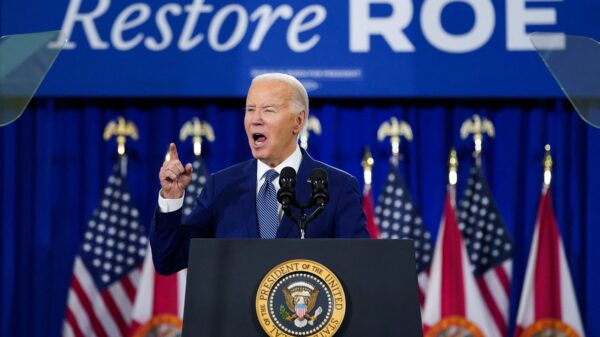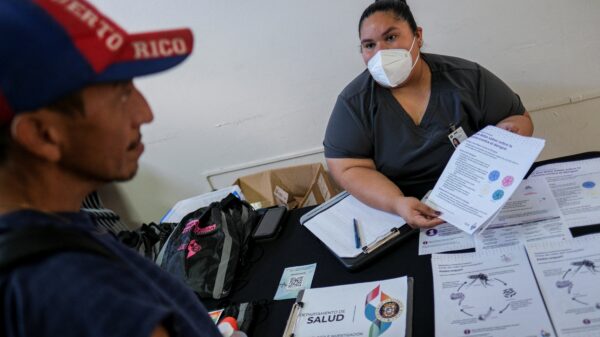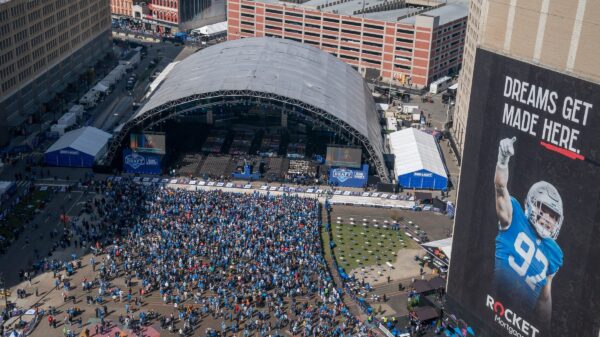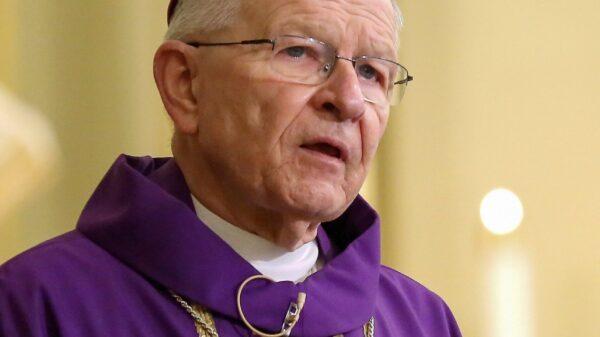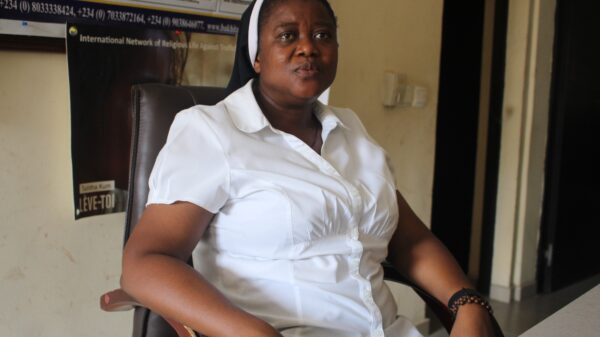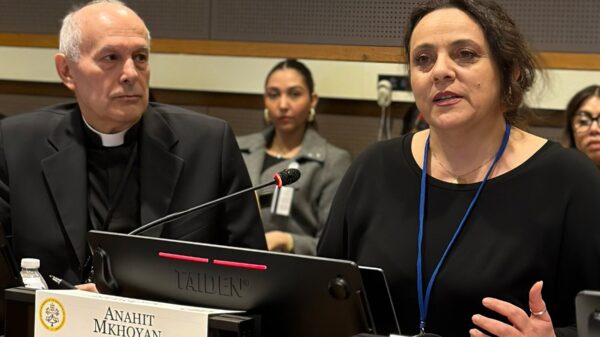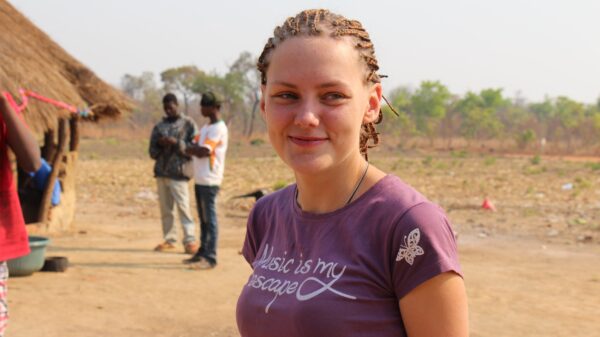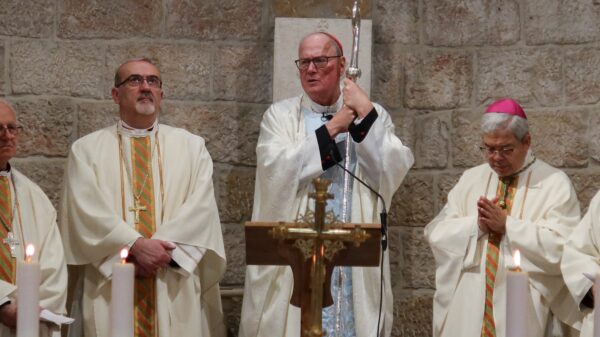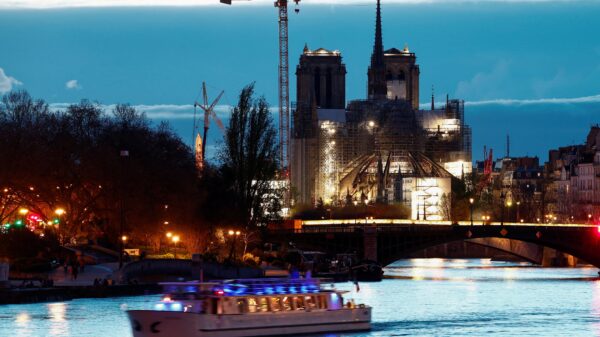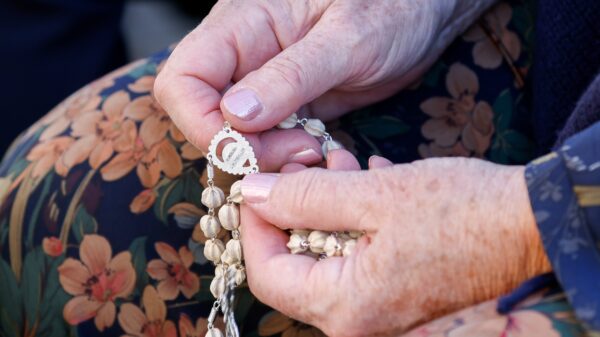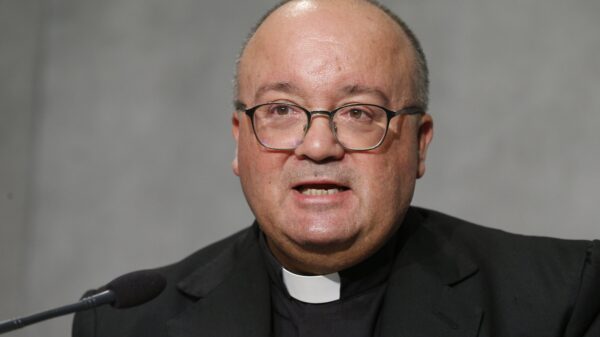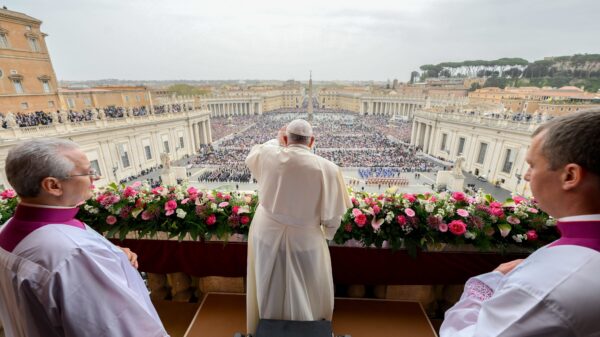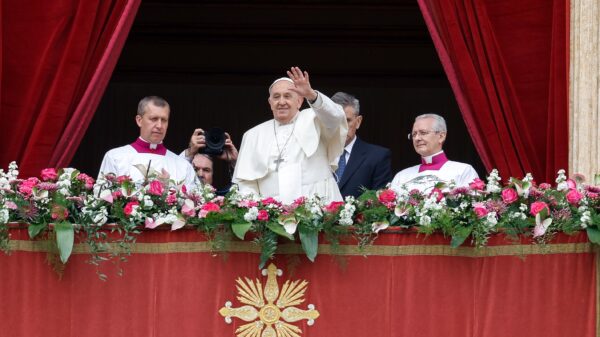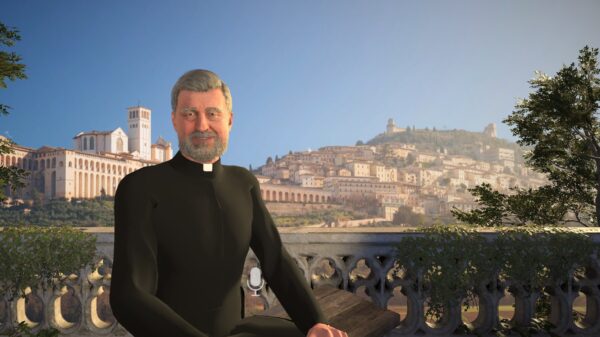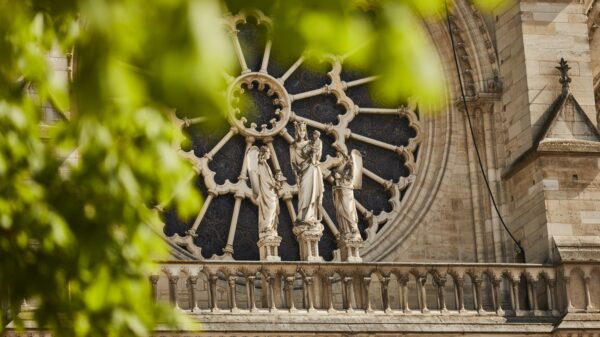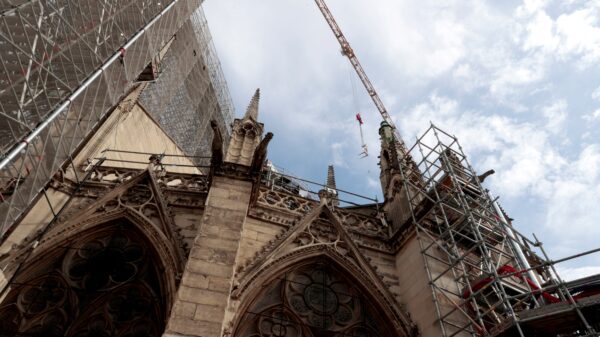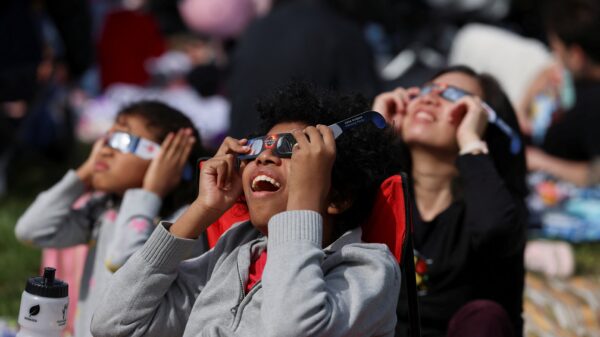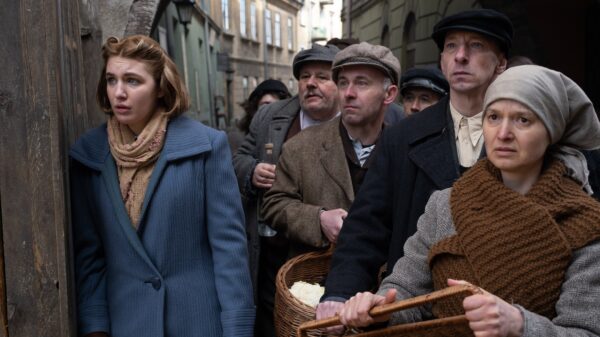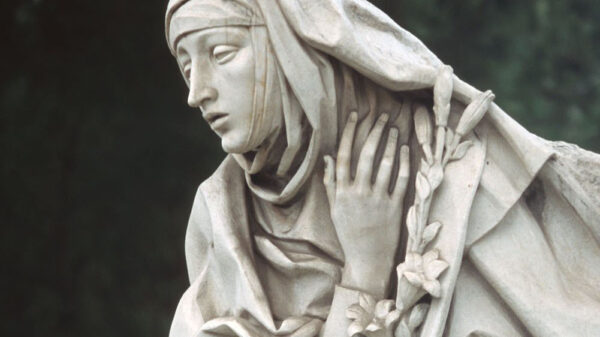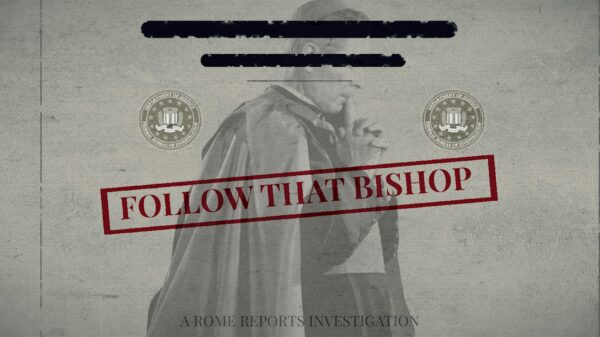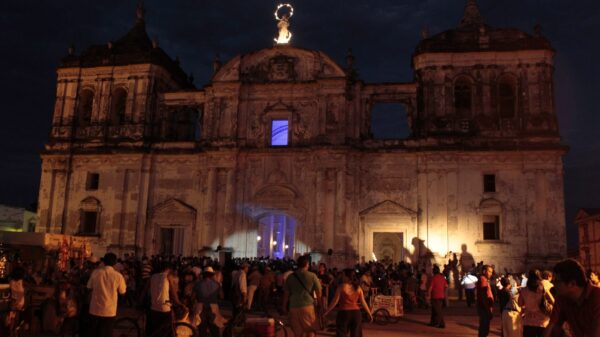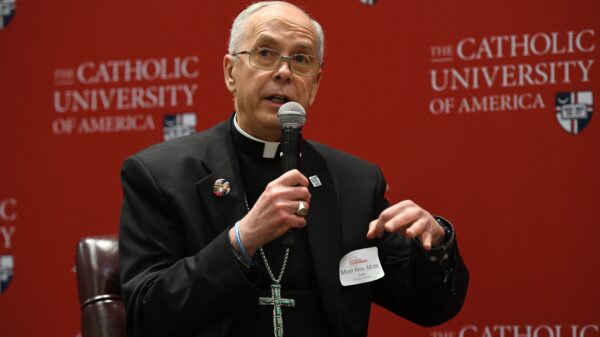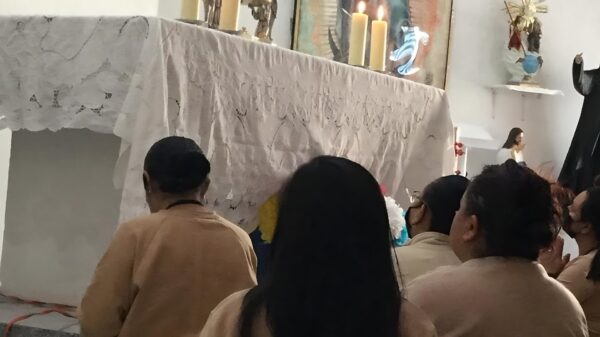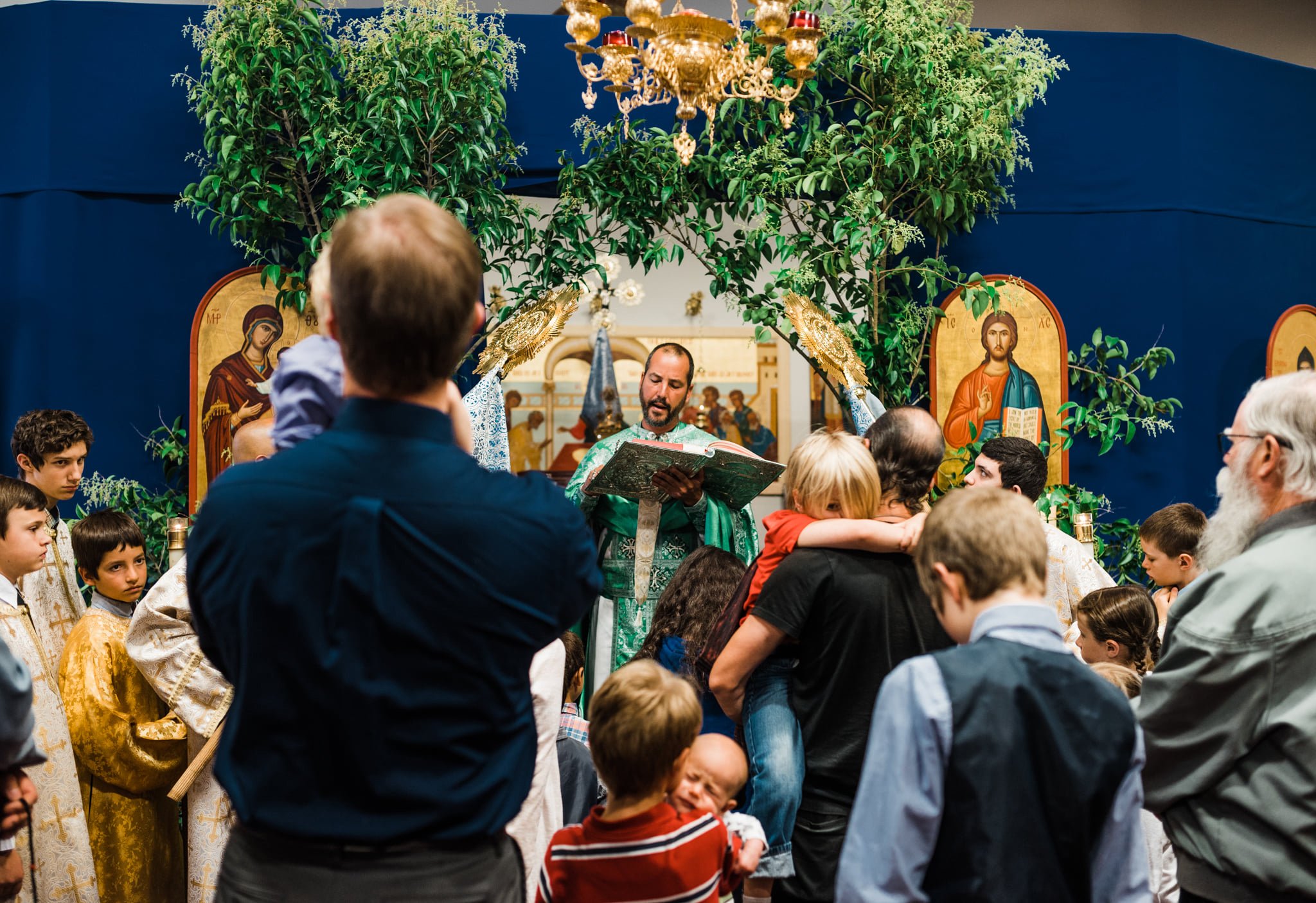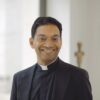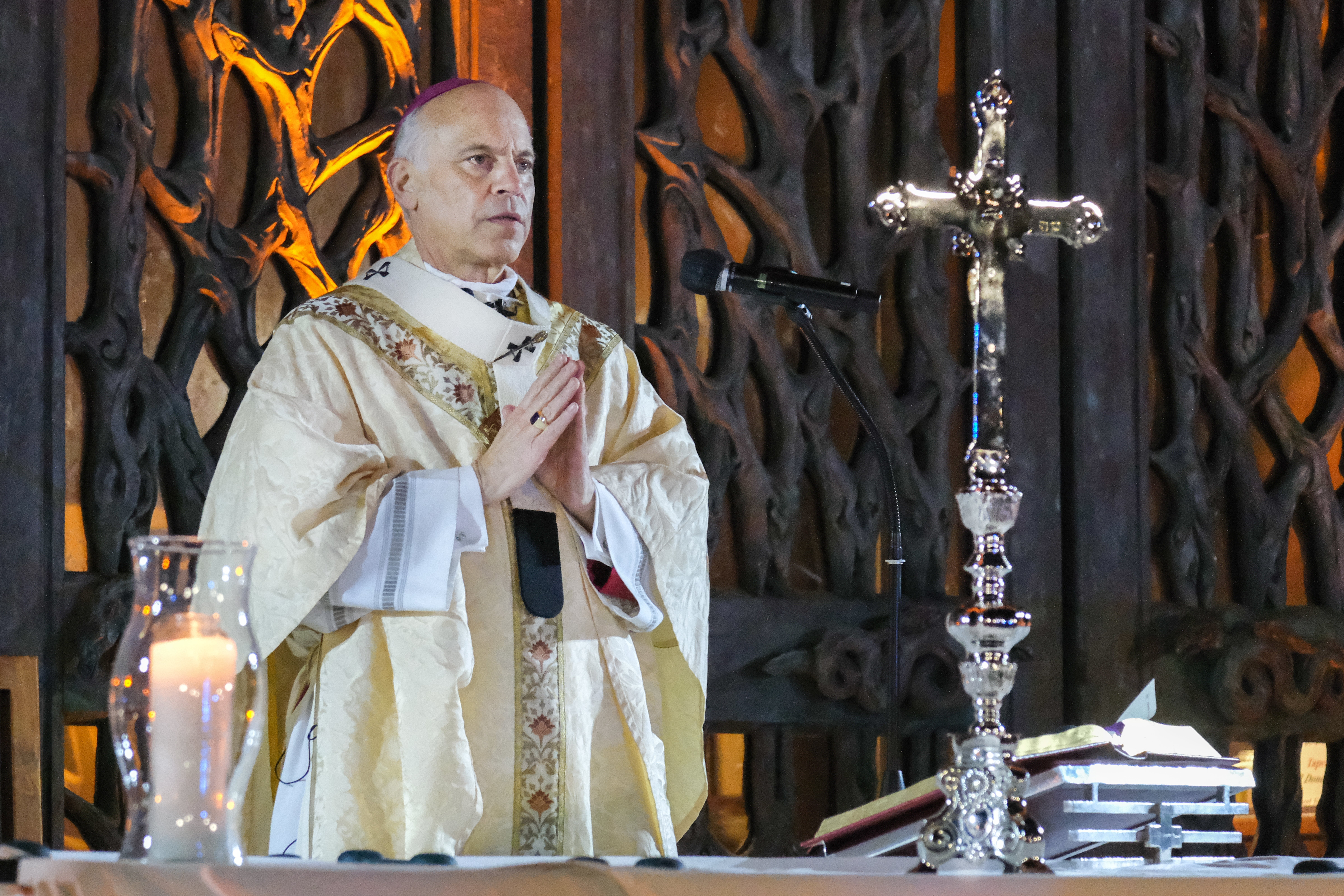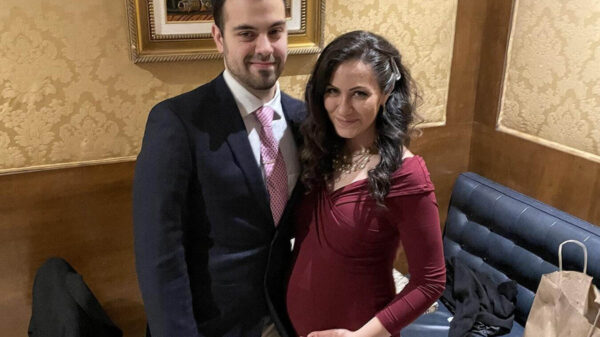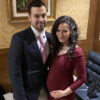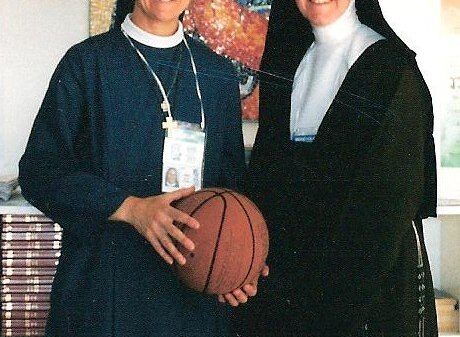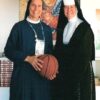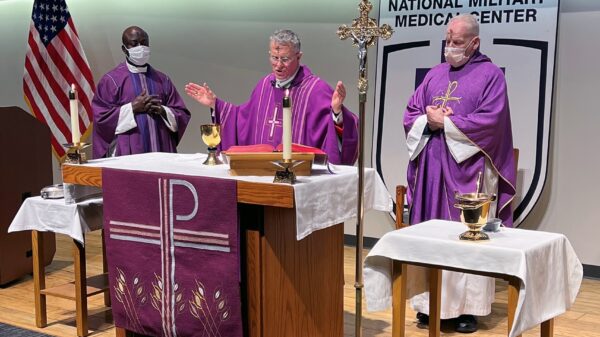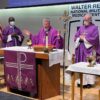(OSV News) — Inviting others into their rich liturgical traditions, fostering belonging in small communities and reaching out to the secular world via podcasts and “coffee shop ministry,” many Eastern Catholic parishes have unique ways of bringing people to full life in Jesus Christ as his disciples.
The Eastern Catholic churches are not the largest of the 24 self-governing churches in the Catholic Church — that goes to the Latin Church headed by Pope Francis, the bishop of Rome, with whom all these Catholic churches are in communion. But as equals in dignity with the Latin Church, many Eastern Catholic parishes are making clear they are also co-equals in the same evangelizing mission.
“We are Orthodox in our liturgy, we are Orthodox in our spirituality, we are Orthodox in our theology and we are Catholic in communion,” Father Hezekias Carnazzo, founder and executive director of the Institute of Catholic Culture and pastor of St. George Melkite Greek Catholic Parish in Sacramento, California, told OSV News.
The Melkite Greek Catholic Church traces its tradition through the Middle East to the first Christians gathered in Antioch as recounted in the Acts of the Apostles, and celebrates the Divine Liturgies (equivalent to Mass) of Sts. John Chrysostom and Basil the Great.
St. George Parish was started by Melkite Catholic immigrants from the Middle East, but as Father Carnazzo said, “Antioch was not for Antioch.”
“Our Melkite tradition, our Middle Eastern Christian tradition, is by nature evangelical,” he said. “And by nature it’s attractive. So it welcomes, opens its arms to everyone.”
According to Father Carnazzo, St. George Parish is home to people from many different backgrounds. Exceeding pre-COVID-19 attendance, the parish serves 175 to 200 Catholics each Sunday. And their numbers are growing.
“My fundamental outreach is not an outreach at all,” Father Carnazzo said. “Christians themselves are by nature evangelical, like the Samaritan woman at the well.” Fed by the Melkite liturgy, St. George parishioners invite others in to know Christ.
The Melkite liturgy is anything but quiet and the beauty of worship — with its incense, bells, chants and movement through the sanctuary — also has a liturgical culture that is widely inclusive of those present.
Neurodivergent individuals, such as those with autism, are welcome to move around to meet their sensory needs during liturgy at St. George Parish. Parishioners rearrange chairs to allow individuals with wheelchairs to sit where they prefer.
“I’m giving homilies and there’s people walking around lighting candles and kissing icons and kids rolling on the floor,” Father Carnazzo said.
Recently, an elderly gentleman from the Middle East was having trouble walking and a younger American parishioner helped him reach the front of the church to receive Communion. “They don’t really speak the same language,” said Father Carnazzo. “But there they were, coming up to Communion, holding on, together.”
In short, anyone seeking Jesus Christ is welcome at St. George Parish.
Every Sunday after liturgy, St. George shares what Father Carnazzo calls the “agape meal.” This gathering can last one or two hours and provides a chance for parishioners to serve each other.
Like the Melkite Catholics, Byzantine (Ruthenian) Catholics celebrate the Divine Liturgies of Sts. John Chrysostom and Basil the Great, although their history connects them to Central Europe. Like St. George Parish, the Proto-Cathedral of St. Mary Byzantine Catholic Church in Los Angeles hosts socials after liturgy.
Father Michael O’Loughlin, St. Mary’s pastor, may invite people to attend the social without even mentioning that there is liturgy beforehand. Sometimes, those people get curious and attend liturgy.
“In the narthex of my church, you may have people holding coffee or holding a dog or men wearing hats,” he told OSV News. “We welcome those people because they don’t even believe yet most likely.”
He added that those who come to the church out of curiosity are “told that we desire, more than anything, communion with them, but until that communion is established according to the very reasonable teachings of the church, they will be asked to refrain from receiving the sacrament of Communion.”
Within the Byzantine Catholic Church, Father O’Loughlin serves as evangelization coordinator for the Eparchy of Phoenix’s Office of Catechesis and Evangelization.
Online, Father O’Loughlin currently co-hosts the podcast “What God Is Not” with Mother Natalia, a Byzantine Catholic nun. Previously, he was a regular co-host of the podcast “Catholic Stuff You Should Know.”
Beyond his online presence, Father O’Loughlin likes to go to coffee shops and bars and encounter people where they are.
By Father O’Loughlin’s estimation, “Probably 95% of people” he meets are happy to encounter a priest, while “2-5% actually end up joining the church” and “about 25%” reach out to him again or visit his parish.
Father O’Loughlin also has founded a Byzantine Catholic outreach in Santa Paula, California. He puts his mission-minded approach this way: “Let us go to a place where there are no Byzantine Catholic churches and let’s found one there to make this spirituality, this church, accessible (there).”
Each Saturday afternoon, Father O’Loughlin drives an hour or more to celebrate Divine Liturgy at the outreach. As a missionary center, the outreach starts with a core of “people that are already faithful.” This may include not just Byzantine Catholics but also Roman Catholics (meaning Catholics of the Latin Church), and even Orthodox Christians.
The presence of Catholics from the Latin Church making free and informed decisions to engage in worship and fellowship with their fellow Catholics from Eastern Catholic churches sometimes draws accusations of “poaching.”
But Father O’Loughlin sees a bigger picture: forming disciples in their faith who reach the unreached and bring back the lost sheep.
“I do think it’s good to provide our Byzantine Catholic spirituality, and make that accessible even to people that already have faith,” he said. “But the bigger issue is the unchurched.” This includes the many who have “fallen away” from the Catholic Church and other churches.
“In order to welcome them into a church, you have to have a certain health to that community,” he said. “You need the full gambit for somebody to feel welcome.”
Maronite Catholic Chorbishop Don Sawyer acknowledges that many Catholics attend a church with a different rite than the one they were raised in — but he said this transfer happens in both directions. The chorbishop — a Maronite cleric who has power to confer minor orders, including subdiaconate, but not diaconate or priesthood — feels that people will attend a parish where they find themselves at home in the liturgy. And at Our Lady’s Maronite Catholic Church in Austin, Texas, he said, “they find a community too.”
The Maronite Catholic Church also originates from Antioch’s first Christian community and celebrates the Qurbono (Divine Liturgy) of St. James, which Chorbishop Sawyer calls it the “prototype liturgy” that other Catholic liturgies are based on.
“When we have liturgy, heaven descends and we participate in that liturgy that never stops in heaven,” he told OSV News. He noted that the Maronite Church’s liturgical language is Syriac, a Western dialect of Aramaic (the language Jesus spoke), and so in a Maronite Qurbono, the liturgy may be “celebrated in Arabic, English, Spanish while retaining Syriac in parts of the Quorbono, the Divine Liturgy.”
Who attends Our Lady’s Maronite Catholic Church?
“Everybody,” laughed Chorbishop Sawyer. His congregation includes parishioners from the Middle East, Latino Americans, Black Americans, white Americans and others.
He recounted the story of one Protestant who attended liturgy at Our Lady’s Maronite Catholic Church for several years. One day in the parish’s Bible study, she started crying and then laughing, saying “I knew the passage in Scripture, but I never knew the real meaning.” Now she is Catholic.
According to Chorbishop Sawyer, in small parishes it’s easy for parishioners to care for each other — and to welcome strangers too. For Chorbishop Sawyer, “caring about people” — recognizing them even if they sit in the back of church without saying a word — is evangelization.
“A parish is people,” he said. “The building is like a house.”
– – –
Kiki Hayden writes for OSV News from Texas.


